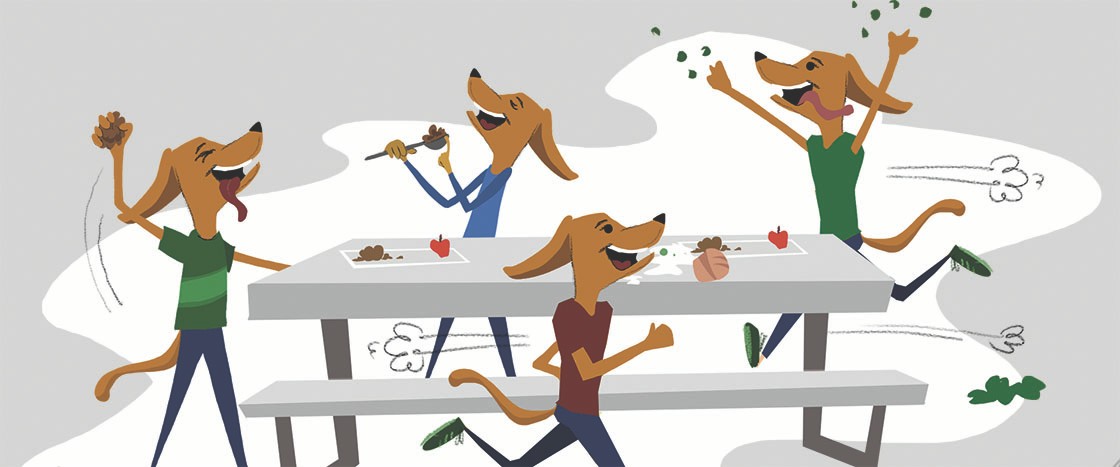Cassie takes a bite of her turkey sandwich and wonders why all cafeterias smell the same, like wet paper towels, spaghetti sauce, and the kind of smushy white bread you can roll into little balls and throw at your brother. It’s not a bad smell—in fact, when your family moves a lot, it’s nice to walk into your new school’s cafeteria and discover it smells exactly like your old school’s cafeteria. Still, it’s sort of weird.
“Cassie, you’re not listening to me,” her cousin Megan complains from across the table. “Are you signing up for gymnastics or not?”
Cassie shrugs. “I might do soccer instead.”
“I told you about the girls who play soccer, remember?” Megan says. “They don’t talk to people like us.”
“Because we live on the east side of the highway?”
“That, and the fact we live in regular houses instead of humongous mansions like they do.” Megan shakes her head. “You’ve only lived here for two weeks. I’ve lived here for two years. Believe me, at this school, where you live matters. A lot.”
Cassie looks around the cafeteria. Is everyone at school as awful as Megan keeps saying? Two tables over, a group of boys are running around a table, laughing and shouting. They remind her of golden retrievers, with their cheerful, dopey looks, and the way they barely notice what—or who—they’re knocking into.
This is one of Cassie’s favorite games—comparing people to dogs. So who else? Her eyes move around the cafeteria. A group of girls in the back yap at each other in high-pitched voices. Terriers, she thinks. She sees their art teacher standing by the exit, watching over the commotion like she’s just waiting to send someone to the office. Definitely a German shepherd.
And those soccer girls sitting at the table up front? If they’re as mean as Megan says, they’d be Rottweilers—or maybe pit bulls.
Megan was right, Cassie decides. She should stay away.
Glancing at her cousin, Cassie guesses she and Megan are a couple of mutts. Maybe that would explain why they sit by themselves at lunch and don’t play basketball or tell jokes with the other kids at recess. Maybe in this school, you have to be the right kind of dog to fit in.


